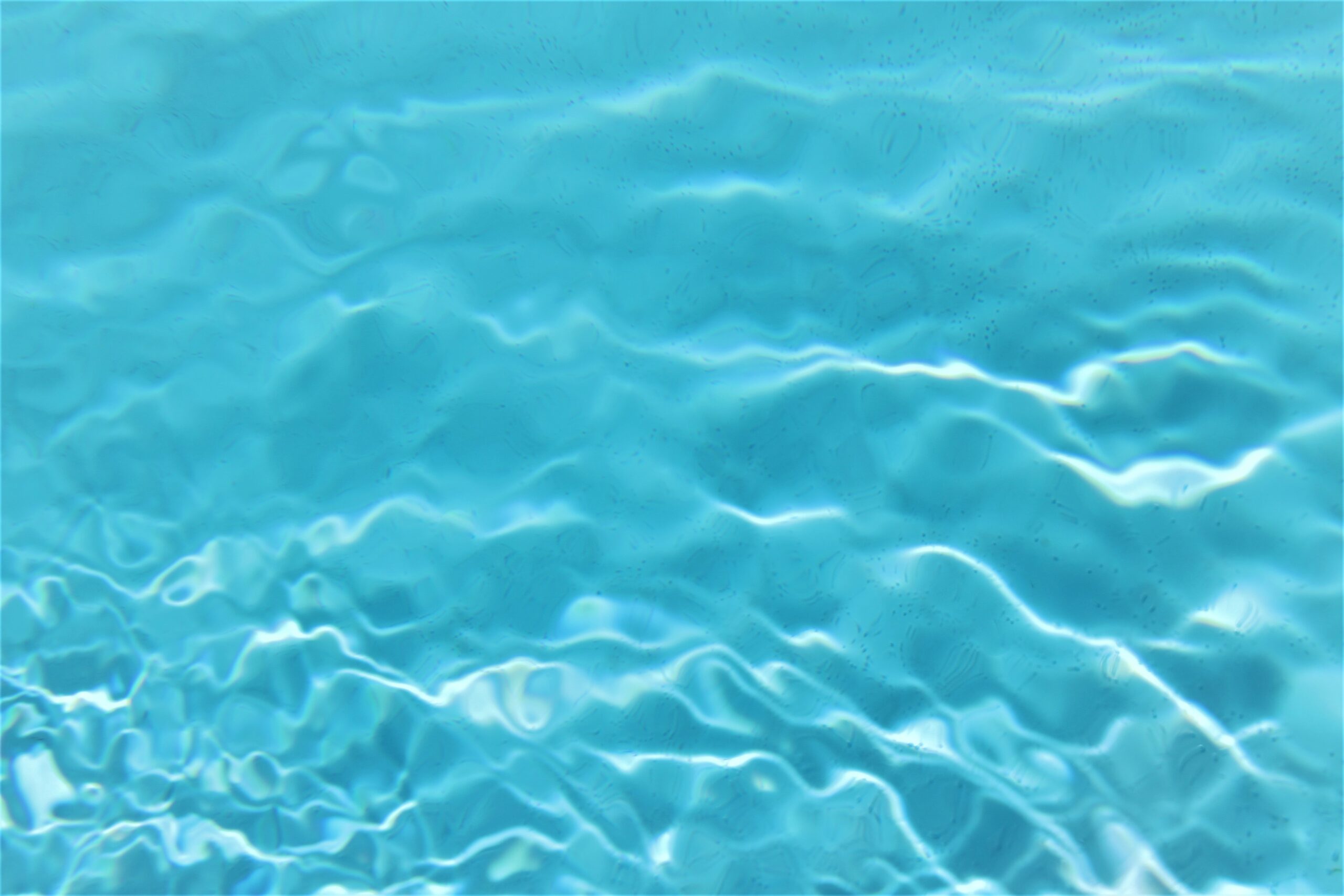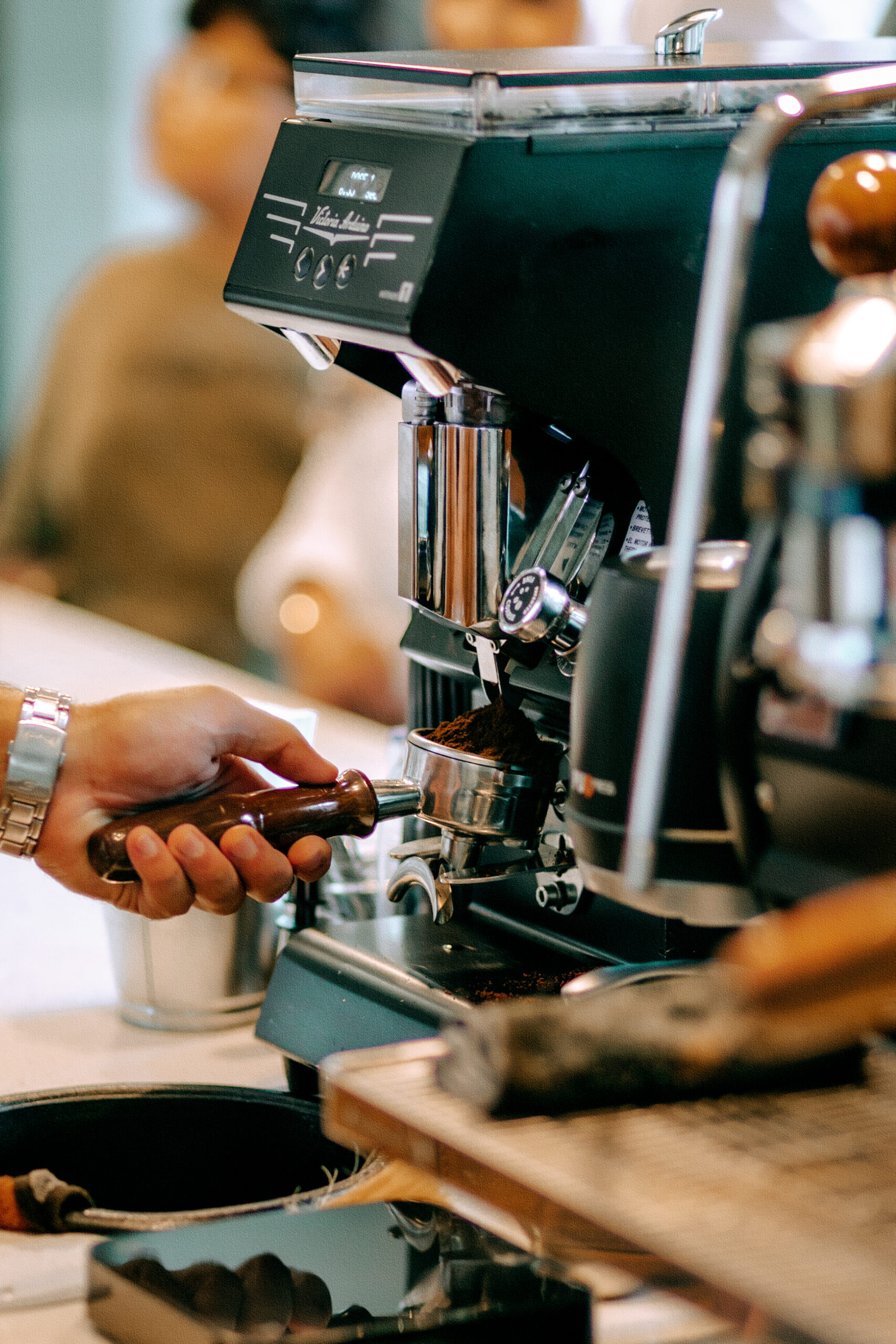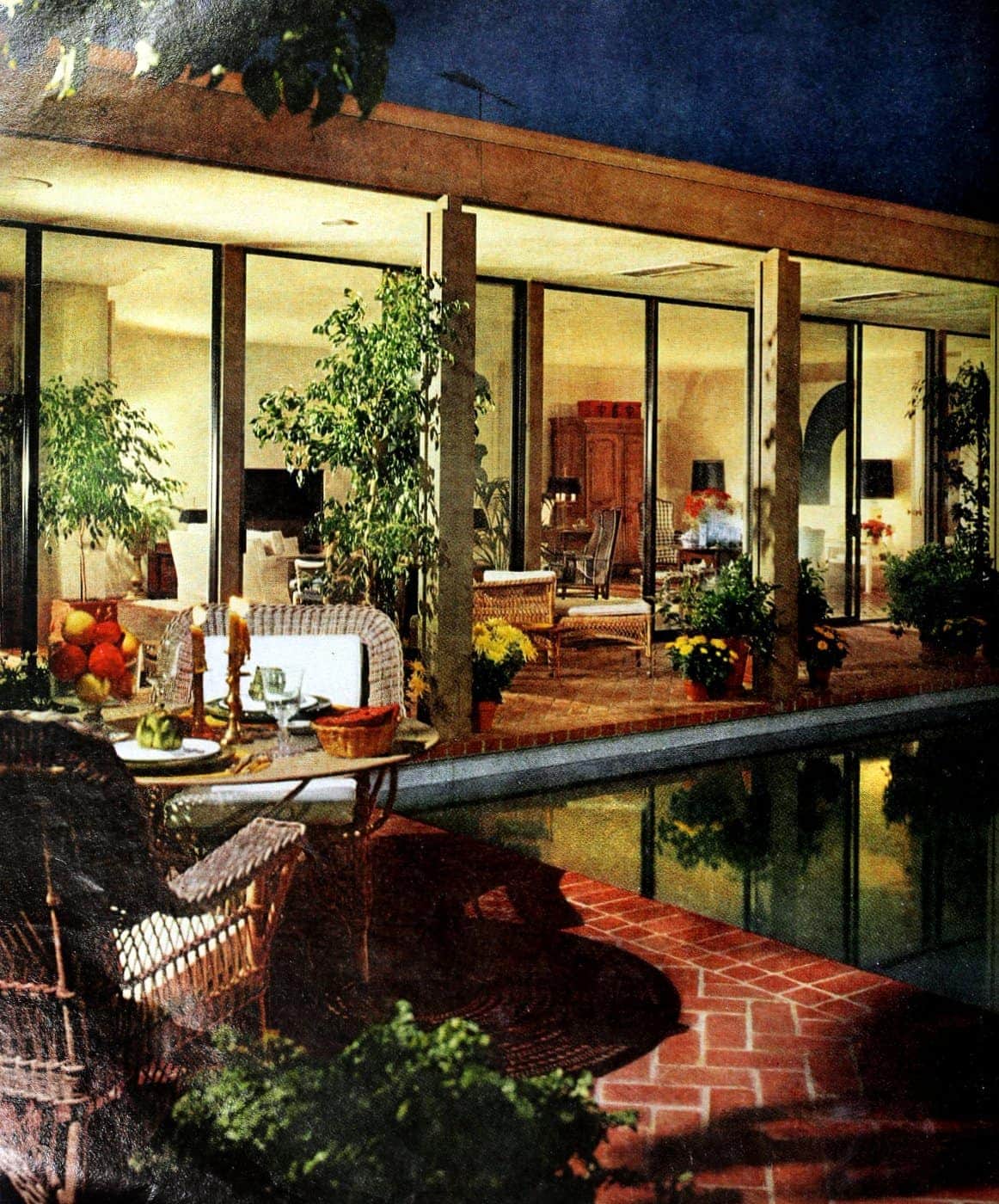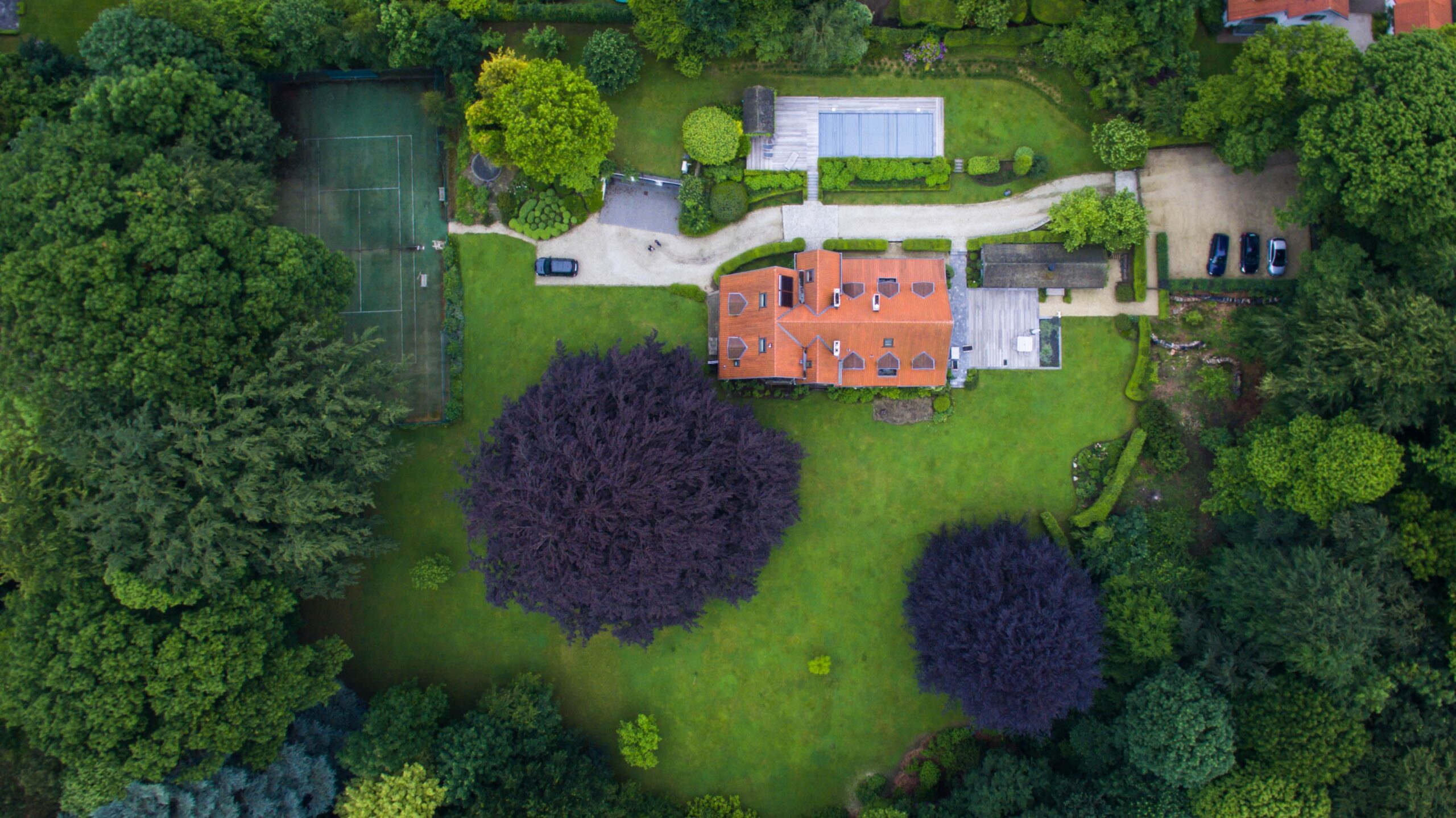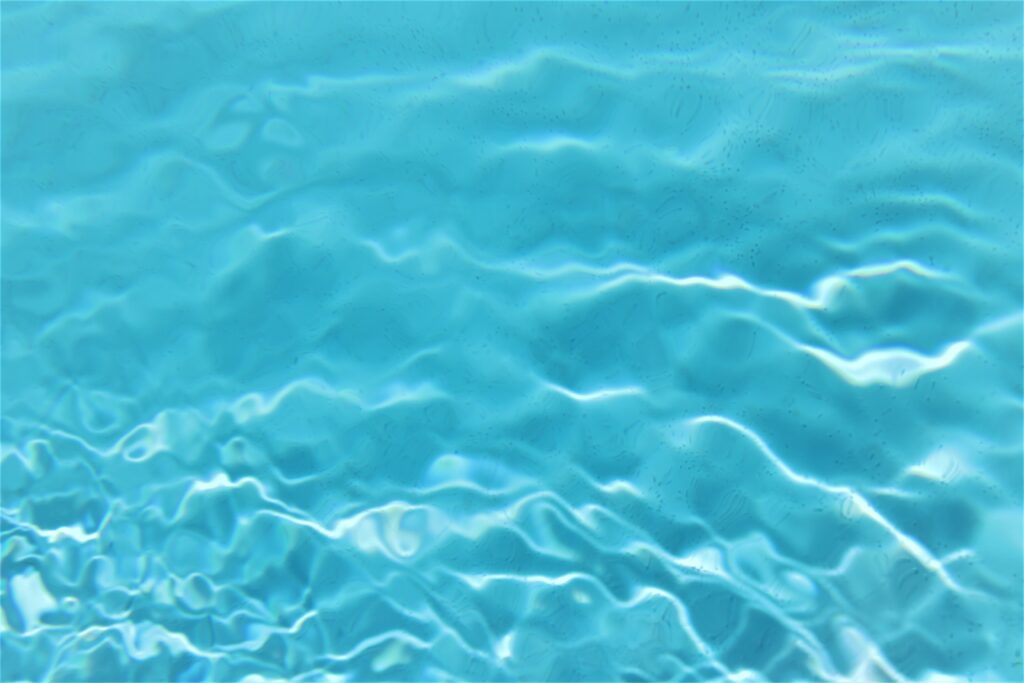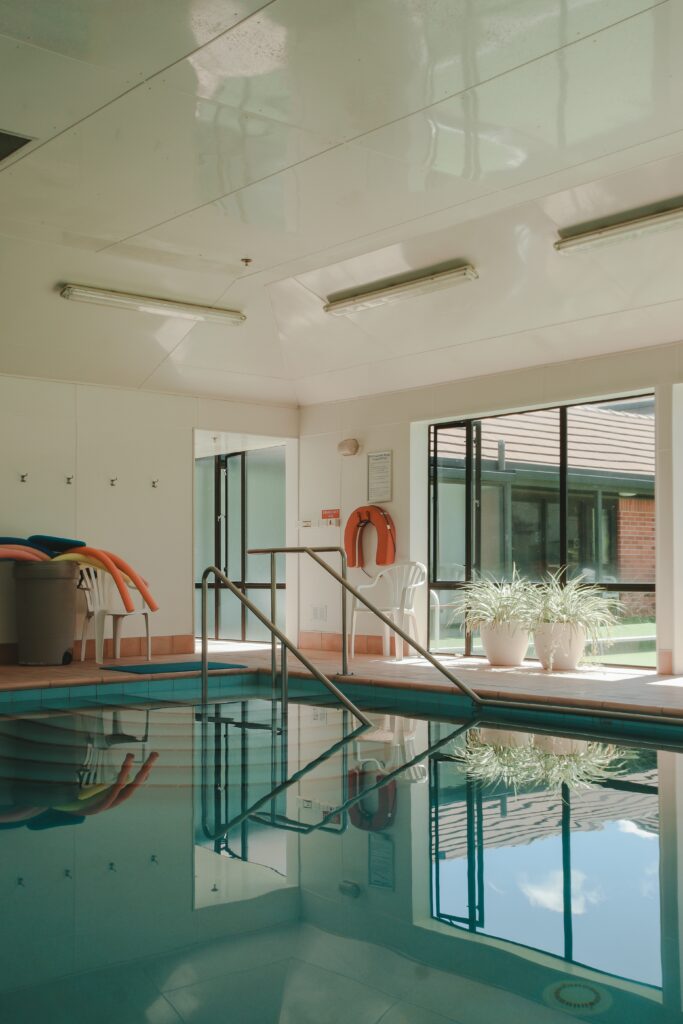Maintaining a clean and healthy above ground pool is crucial for an enjoyable swimming experience, and one essential aspect of pool maintenance is the regular use of liquid chlorine. But how often should you actually be adding liquid chlorine to your above ground pool? Finding the right balance can be a bit tricky, as there are several factors to consider. In this article, we will explore the factors that influence the frequency of liquid chlorine application, helping you achieve crystal clear water and a pristine swimming environment.
This image is property of images.unsplash.com.
Factors Affecting Chlorine Consumption
Pool Size
The size of your pool has a significant impact on chlorine consumption. Larger pools require more chlorine to maintain the recommended chlorine levels. This is because there is a larger volume of water that needs to be treated and sanitized. It is important to consider the size of your pool when determining the appropriate amount of chlorine to use.
Water Temperature
Water temperature plays a role in chlorine consumption as well. Warmer water temperatures increase the rate of chlorine degradation, meaning that more chlorine is needed to effectively sanitize the water. In hot summer months, when the water temperature is higher, it is important to monitor and adjust chlorine levels more frequently to ensure proper sanitation.
Bather Load
The number of people using the pool, commonly referred to as the bather load, affects chlorine consumption. The more people using the pool, the higher the chlorine demand. This is because swimmers introduce contaminants, such as sweat, oils, and lotions, into the water. These contaminants react with chlorine molecules, reducing the amount of available free chlorine. Therefore, it is crucial to increase the chlorine dosage or adjust the frequency of chlorine application when there is a higher bather load.
Sun Exposure
Sun exposure can accelerate the breakdown of chlorine in pool water. Ultraviolet (UV) rays from the sun can break down chlorine molecules, reducing their effectiveness in sanitizing the water. Pools that receive significant sunlight exposure may require higher levels of chlorine to compensate for this increased degradation. It is important to monitor chlorine levels regularly and make adjustments as needed.
pH Levels
pH levels have a direct impact on chlorine efficacy. The ideal pH range for pool water is between 7.4 and 7.6. When the pH level is too high (alkaline), chlorine becomes less effective. On the other hand, when the pH level is too low (acidic), chlorine is more rapidly consumed. It is crucial to regularly test and adjust pH levels to optimize chlorine performance and minimize consumption.
Recommended Chlorine Levels
Free Chlorine
Free chlorine refers to the chlorine available for disinfection and sanitation. The recommended free chlorine level for maintaining a clean and safe pool is typically between 2 and 4 parts per million (ppm). This range ensures effective sanitation and minimizes the risk of harmful bacteria and algae growth. It is important to monitor and maintain free chlorine levels within this range to keep your pool water clean and safe for swimming.
Combined Chlorine
Combined chlorine, also known as chloramines, is the chlorine that has combined with contaminants in the water. It is less effective as a sanitizer compared to free chlorine. The presence of combined chlorine can result in unpleasant odors and irritations, such as red eyes and skin irritation. To prevent the buildup of combined chlorine, the recommended level should be kept below 0.5 ppm. Regular testing and appropriate chlorine dosages are necessary to prevent the formation of chloramines.
Total Chlorine
Total chlorine refers to the sum of both free chlorine and combined chlorine. It represents the overall chlorine presence in the water. To maintain proper pool sanitation, the total chlorine level should be within the range of 1 to 4 ppm. Monitoring total chlorine levels alongside free chlorine levels helps ensure that the pool water remains clean and safe for swimmers.
Testing Chlorine Levels
Using Test Strips
One of the easiest and most convenient ways to test chlorine levels is by using test strips. These strips contain reactive chemicals that change color when exposed to pool water. By comparing the color change to a provided color chart, you can determine the chlorine levels accurately. Test strips typically measure free chlorine, combined chlorine, and pH levels. It is recommended to follow the instructions on the specific test strip packaging for the most accurate results.
Using Liquid Test Kits
Liquid test kits offer a more precise and comprehensive analysis of chlorine levels. These kits usually include several reagents that are mixed with pool water samples to produce color changes. By comparing these color changes to provided color charts, you can determine the exact chlorine levels, including free chlorine, combined chlorine, and total chlorine. Liquid test kits also provide more detailed information on pH levels, alkalinity, and other water parameters. This allows for a more thorough understanding of pool water chemistry.
Ideal Testing Frequency
Regular testing of chlorine levels is essential to ensure proper water sanitation. The ideal testing frequency can vary depending on factors such as bather load, water temperature, and weather conditions. As a general guideline, testing chlorine levels should be done at least two to three times a week. However, during periods of heavy pool usage or extreme weather conditions, such as a heatwave, more frequent testing is recommended. Monitoring chlorine levels regularly allows for prompt adjustments and maintenance to keep your pool water clean and safe.
Determining Chlorine Dosage
Chlorine Demand
Chlorine demand refers to the amount of chlorine needed to effectively sanitize the pool water. Factors such as bather load, water temperature, and other environmental conditions influence chlorine demand. By accurately determining the chlorine demand, you can ensure the appropriate dosage to maintain proper sanitation. Regular testing and monitoring of chlorine levels, along with adjustments based on the chlorine demand, are crucial for optimal pool maintenance.
Chlorine Stabilizer
Chlorine stabilizer, also known as cyanuric acid, helps protect chlorine from degradation by UV rays. It acts as a sunscreen for chlorine, prolonging its effectiveness and reducing the chlorine demand. The recommended level of chlorine stabilizer is generally between 30 and 50 ppm. However, it is important not to exceed this range, as too high of a stabilizer level can hinder chlorine’s sanitizing capabilities. Monitoring and adjusting the chlorine stabilizer level, along with regular chlorine testing, contribute to maintaining proper chlorine dosage.
Calculating Chlorine Dosage
Calculating the appropriate chlorine dosage requires consideration of several factors, including pool size, chlorine demand, and current chlorine levels. The calculation involves determining the chlorine deficit, which is the difference between the desired chlorine level and the current chlorine level. By multiplying the pool volume by the chlorine deficit, you can calculate the total amount of chlorine needed. It is important to divide the dosage into smaller increments to prevent over-chlorination. Regular testing helps assess the effectiveness of the chlorine dosage and allows for any necessary adjustments.
This image is property of images.unsplash.com.
Routine Chlorine Maintenance
Daily Chlorine Maintenance
On a daily basis, maintaining proper chlorine levels requires monitoring and adjustment, if necessary. This involves testing the chlorine levels, including free chlorine and combined chlorine, and making appropriate dosage changes. The dosage may need to be increased during periods of heavy pool usage or high temperatures, while decreased dosages may be required during periods of low pool usage. Consistent daily maintenance ensures that your pool water remains clean and safe throughout the swim season.
Weekly Chlorine Maintenance
In addition to daily maintenance, weekly maintenance is also necessary to keep your pool water in optimal condition. This includes shock treatment, which helps eliminate organic matter, bacteria, and algae. Shock treatment involves adding a higher dosage of chlorine to the pool water, usually two to three times the normal dosage. This process ensures a thorough sanitization of the water, preventing any potential issues. Additionally, checking and adjusting pH levels, alkalinity, and calcium hardness weekly contribute to maintaining a well-balanced pool environment.
Shock Treatment
Shock treatment is an essential part of routine chlorine maintenance. It helps eliminate any contaminants in the water that may not be effectively removed by regular chlorination. Shocking the pool involves adding a higher dosage of chlorine to the water, which destroys bacteria, breaks down chloramines, and oxidizes organic matter. Shock treatment should be done on a weekly basis or whenever needed, especially after heavy pool usage, rainfall, or algae growth. Following shock treatment, it is important to retest the chlorine levels and make any necessary adjustments.
Special Conditions
Rainfall
Rainfall can affect pool water chemistry and chlorine levels. Rainwater introduces additional contaminants, such as minerals and debris, into the pool. These contaminants can reduce chlorine effectiveness and increase the chlorine demand. After heavy rainfall, it is important to test chlorine levels, adjust dosage if necessary, and potentially shock the pool to ensure proper sanitization.
Pool Covers
Using a pool cover has its benefits, such as reducing water evaporation and heat loss. However, pool covers can also affect chlorine consumption. A pool cover can trap heat, sunlight, and contaminants in the water, causing an increase in chlorine degradation. It is crucial to monitor and adjust chlorine levels accordingly when using a pool cover. More frequent testing and maintenance may be required to counterbalance the effects of prolonged sun exposure and reduced water circulation.
High Temperatures
High temperatures accelerate the rate of chlorine degradation and increase the chlorine demand. In hot summer months, the combination of sunlight and warmer water temperatures can quickly deplete chlorine levels. Monitoring chlorine levels more frequently and adjusting dosage accordingly is essential to maintain proper sanitation. Additionally, shock treatment may be necessary more frequently during periods of high temperatures to eliminate bacteria and prevent algae growth.
Algae Growth
Algae growth can be a common problem in pools, especially when chlorine levels are not adequately maintained. Algae thrive in the presence of nutrients, sunlight, and warm temperatures. If left unchecked, algae can quickly multiply and create an unsightly and unsanitary pool environment. Regular monitoring of chlorine levels and prompt adjustments, including shock treatment when necessary, help prevent algae growth and maintain a clean pool.
This image is property of images.unsplash.com.
Using Liquid Chlorine
Benefits of Liquid Chlorine
Liquid chlorine, often in the form of sodium hypochlorite, is a popular choice for pool sanitization. It offers several benefits, including convenience, ease of use, and quick results. Liquid chlorine is readily available and easy to apply directly to the pool water. It quickly disperses and starts working to sanitize the water effectively. Additionally, liquid chlorine does not contain stabilizer, which allows for more precise dosage control and reduces the risk of over-stabilizing the pool water.
Storing Liquid Chlorine
Proper storage of liquid chlorine is essential to maintain its effectiveness and safety. Liquid chlorine should be stored in a cool, dry, and well-ventilated area away from direct sunlight. It is important to avoid storing liquid chlorine near other chemicals or flammable materials to prevent potential reactions or accidents. Following the manufacturer’s guidelines for storage and handling is crucial for ensuring the longevity and stability of liquid chlorine.
Applying Liquid Chlorine
Applying liquid chlorine to your pool is a straightforward process. It is recommended to pour the liquid chlorine directly into the pool water, ensuring even distribution. The dosage should be calculated based on the pool volume, chlorine demand, and current chlorine levels. It is important to avoid pouring liquid chlorine directly onto pool surfaces, such as vinyl liners or pool steps, to prevent potential damage. Regular testing and monitoring of chlorine levels allow for adjustments in dosage and frequency to maintain optimal pool sanitation.
Common Mistakes to Avoid
Over-Chlorination
Over-chlorination occurs when excessive amounts of chlorine are added to the pool water. This can result in unpleasant odors, skin and eye irritations, and even damage to pool equipment and surfaces. Over-chlorination can also create an environment for the formation of harmful disinfection byproducts. It is important to carefully calculate and measure chlorine dosage to prevent over-chlorination. Regular testing and adjustments based on chlorine levels help maintain proper chlorine balance and prevent over-chlorination.
Under-Chlorination
Under-chlorination, on the other hand, occurs when insufficient chlorine is added to the pool water. This can lead to ineffective sanitization and allow bacteria and algae to thrive. Under-chlorination increases the risk of waterborne illnesses and creates a visually unappealing pool environment. It is crucial to regularly test chlorine levels and adjust dosage as needed to prevent under-chlorination. Monitoring chlorine levels and maintaining recommended levels ensure a clean and safe swimming experience.
Mixing Chlorine with Other Chemicals
Mixing chlorine with other chemicals can result in dangerous reactions and should be avoided. Certain combinations can produce toxic gases or cause explosions. It is important to read and follow the manufacturer’s instructions for any chemicals used in your pool. Avoid mixing chlorine with other chemicals, unless specifically directed to do so by the manufacturer. It is always best to add chemicals separately to the pool water and allow for proper dilution and circulation.
Maintaining Pool Balance
Monitoring pH Levels
Regularly monitoring and maintaining proper pH levels is crucial for pool water balance. The ideal pH range for pool water is between 7.4 and 7.6. When the pH level is too high or too low, chlorine effectiveness can be compromised. To maintain balanced pool water, it is important to regularly test and adjust pH levels using appropriate pH increasers or decreasers. Proper pH balance allows for optimal chlorine performance and helps prevent the growth of bacteria and algae.
Maintaining Alkalinity
Alkalinity acts as a buffer to stabilize the pH levels in pool water. It helps prevent drastic pH swings, which can hinder chlorine effectiveness and lead to potential water imbalances. The recommended alkalinity range is generally between 80 and 120 ppm. Regular testing and adjustment of alkalinity levels, using appropriate alkalinity increasers or decreasers, aid in maintaining a stable pH environment and optimize chlorine performance.
Balancing Calcium Hardness
Calcium hardness refers to the level of dissolved calcium in pool water. Proper calcium hardness levels help prevent corrosion of pool equipment and surfaces. The recommended calcium hardness range is typically between 200 and 400 ppm. Low calcium hardness levels can lead to pool water becoming aggressive, potentially causing damage. High levels of calcium hardness can result in scale formation and cloudy water. Regular testing and adjustment of calcium hardness, using appropriate calcium increasers or decreasers, ensure the longevity and stability of your pool.
Seeking Professional Advice
Professional Pool Inspections
Professional pool inspections can provide valuable insights into your pool’s maintenance and water quality. Pool inspectors are experienced in assessing various factors affecting chlorine consumption and can offer expert guidance on dosage calculation, maintenance routines, and overall pool care. Hiring a professional pool inspector can help identify any potential issues or deficiencies, ensuring the longevity and safety of your pool.
Consulting Pool Experts
In addition to professional inspections, consulting pool experts can provide ongoing support for your pool maintenance needs. Pool supply stores or specialists have extensive knowledge of pool chemistry and can assist in recommending the appropriate chemicals, dosage calculations, and maintenance routines for your specific pool. Seeking advice from pool experts ensures that you are equipped with the necessary information and resources to maintain a clean, safe, and enjoyable swimming pool.
In conclusion, maintaining the proper chlorine levels in your pool is essential for ensuring safe and sanitary swimming conditions. Factors such as pool size, water temperature, bather load, sun exposure, and pH levels all contribute to chlorine consumption. Testing chlorine levels regularly using test strips or liquid test kits allows for accurate assessment and adjustment of chlorine dosage. Routine chlorine maintenance, including daily and weekly tasks, along with shock treatment, helps maintain a well-balanced pool environment. Special conditions, such as rainfall, pool covers, high temperatures, and algae growth, require additional attention and proper maintenance. By following best practices, avoiding common mistakes, and seeking professional advice when needed, you can ensure optimal pool chlorine levels and enjoy a clean and inviting swimming pool experience.
